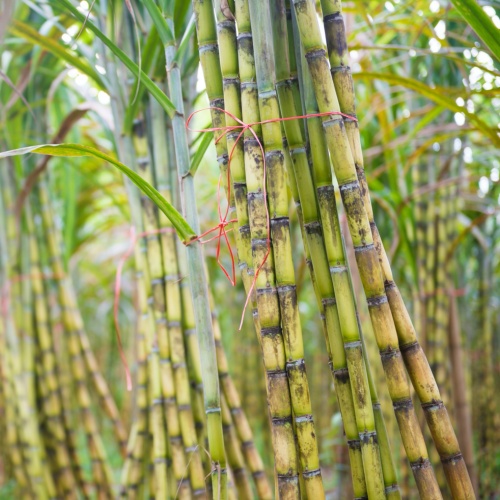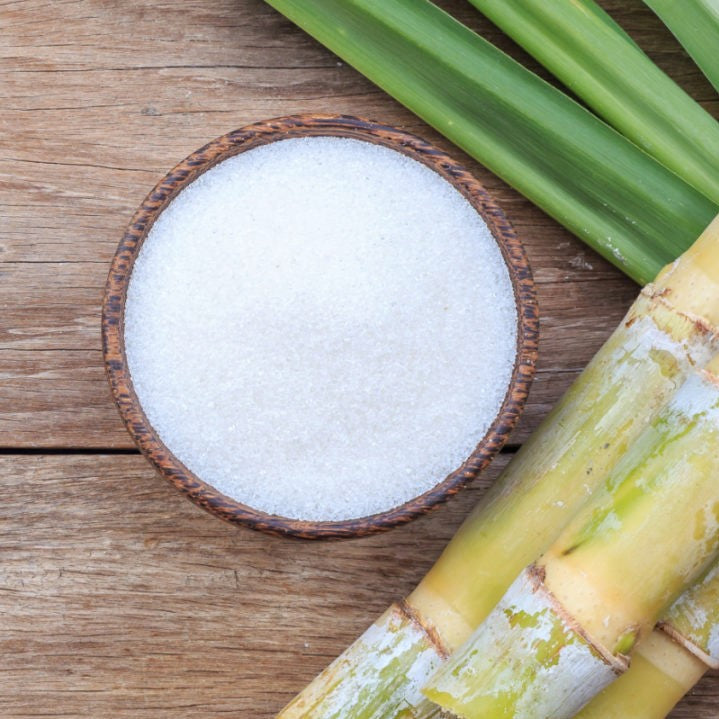Cane Sugar Processing: Cutting-edge Methods for Top Quality Production
An In-Depth Guide to the Environmental Effect and Sustainability Practices in Cane Sugar Processing
The ecological impact of walking stick sugar handling presents a complex variety of obstacles that warrant mindful evaluation. From soil destruction and excessive water use to the carbon impact linked with farming and production, the effects of conventional practices are far-reaching. On the other hand, the adoption of cutting-edge sustainability steps offers a path towards more liable production methods. Comprehending the interplay in between these issues is crucial for stakeholders in the market. What specific methods can be carried out to strike a balance in between performance and environmental stewardship? The solutions depend on a better look at both the obstacles and possible services.
Summary of Walking Stick Sugar Processing
Walking stick sugar processing involves a collection of methodical steps that change sugarcane right into polished sugar. Initially, gathered sugarcane is moved to refining centers, where it undergoes cleansing to get rid of soil and debris. Following this, the cane is crushed to draw out juice, which is then made clear by getting rid of contaminations via heating and the addition of lime.
The cleared up juice undergoes dissipation, where water is eliminated to concentrate the sugar content. These crystals are separated from the remaining syrup utilizing centrifugation, resulting in raw sugar.
The last item is after that dried out and packaged for distribution. Throughout this whole process, keeping performance and quality assurance is vital to ensure the sugar satisfies market requirements. Each action in walking cane sugar handling not just adds to the end product but likewise has effects for resource usage and waste generation, setting the phase for discussions on sustainability and ecological effects connected with sugar manufacturing.
Ecological Challenges of Production
The manufacturing of walking cane sugar presents numerous substantial ecological challenges that warrant interest. One key issue is the substantial use of agrochemicals, consisting of pesticides and fertilizers, which can cause dirt destruction, biodiversity loss, and contamination of regional water resources. The overflow from sugarcane areas usually carries these chemicals into nearby communities, interfering with aquatic life and affecting the wellness of communities reliant on these water bodies.
Another obstacle is the high energy consumption connected with sugarcane processing. The boiling and refining phases require considerable warm, mostly created by burning nonrenewable fuel sources, contributing to greenhouse gas exhausts. In addition, the expansive land area required for sugarcane growing can lead to deforestation and habitat destruction, more intensifying environment modification and harmful wildlife.
Moreover, the labor methods in some regions increase moral concerns, as employees might encounter poor working problems and inadequate earnings. This scenario frequently continues a cycle of destitution in neighborhood communities. Cane Sugar Processing. Attending to these ecological difficulties is critical for creating more sustainable practices in cane sugar production, inevitably profiting both the setting and the areas associated with this sector
Water and Land Usage Influence
Water sources and land application are important components in the cane sugar industry that considerably impact the setting. The cultivation of sugarcane requires significant water input, with price quotes suggesting that it can consume up to 2,000 liters of water per kg of sugar generated. This intensive use water often causes exhaustion of regional water resources, affecting not only the sugarcane vineyards yet likewise surrounding ecosystems and areas that rely upon the exact same water resources for agriculture and residential use.

Additionally, land usage for sugarcane growing can bring about logging and the conversion of natural habitats into monoculture haciendas. This method reduces biodiversity, interferes with regional communities, and adds to soil deterioration. The growth of sugarcane areas usually encroaches on useful agricultural land, creating competitors for resources between food and biofuel production.
Lasting techniques, such as maximizing irrigation strategies and applying crop rotation, are vital to alleviate these effects. By adopting much more effective water usage and visit site land administration strategies, the walking stick sugar industry can reduce its eco-friendly footprint, making certain an equilibrium between farming efficiency and ecological conservation.
Greenhouse Gas Emissions
Greenhouse gas emissions represent a significant a knockout post ecological concern within the walking stick sugar processing market, specifically as agricultural practices broaden to fulfill worldwide need. The farming of sugarcane, a plant that flourishes in tropical environments, depends heavily on synthetic plant foods and chemicals, which contribute to nitrous oxide emissions. Additionally, land-use modifications, including deforestation for brand-new sugarcane ranches, release co2 stored in greenery and dirt.
Throughout processing, power usage is one more significant source of greenhouse gas emissions - Cane Sugar Processing. Several sugar mills utilize nonrenewable fuel sources to power equipment and create warm, resulting in considerable carbon impacts. Additionally, the transportation of raw sugarcane and finished items includes layers of emissions through gas combustion in vehicles
This entails examining existing farming practices, processing methods, and transport systems to recognize locations for improvement and reduction. Dealing with greenhouse gas emissions is necessary for fostering an extra lasting walking stick sugar sector in an altering environment.

Sustainable Practices and Innovations
Sustainable methods and developments are significantly vital in the walking stick sugar processing industry as stakeholders look for to decrease ecological influences while maintaining efficiency. One substantial improvement is the execution of incorporated crop management, which maximizes source usage by integrating dirt administration, insect control, and plant turning methods. This strategy improves return while decreasing chemical inputs and protecting dirt health and wellness.
Furthermore, the adoption of renewable resource sources, such as biomass from sugarcane residues, has actually gained grip - Cane Sugar Processing. By converting waste products right into power, processing centers can reduce their dependence on fossil gas, consequently decreasing greenhouse gas discharges
Water monitoring techniques have actually also seen renovations through the recycling and reusing of water in handling plants, substantially minimizing freshwater usage. Technologies in modern technology, such as precision farming, enable farmers to keep track of see this page crop wellness and source use a lot more efficiently, making sure sustainable growing practices.
Furthermore, certification programs like Fair Trade and Jungle Partnership motivate environmentally responsible farming practices and promote social equity within the supply chain. By accepting these lasting methods and developments, the walking cane sugar processing industry can boost its strength and add favorably to ecological stewardship.
Conclusion
The ecological effect of walking cane sugar handling provides substantial challenges, consisting of dirt degradation, high water consumption, and greenhouse gas discharges, together with honest issues associated with labor practices. Dealing with these concerns via sustainable practices, such as incorporated plant administration, sustainable power fostering, and water recycling, is vital. By advertising socially equitable and eco accountable techniques in sugar manufacturing, the sector can mitigate its adverse impacts, making certain an extra lasting future for both ecological communities and neighborhoods included in this industry.
Walking stick sugar processing involves a series of methodical actions that transform sugarcane right into refined sugar. Each action in walking cane sugar processing not just contributes to the last product however additionally has ramifications for source usage and waste generation, establishing the phase for conversations on sustainability and ecological influences associated with sugar manufacturing.
Greenhouse gas emissions represent a considerable environmental worry within the walking stick sugar processing market, specifically as farming practices broaden to satisfy global demand.Lasting practices and innovations are significantly important in the cane sugar processing sector as stakeholders look for to minimize ecological effects while preserving productivity.The environmental influence of walking stick sugar handling offers substantial challenges, including soil destruction, high water usage, and greenhouse gas discharges, along with honest worries related to labor techniques.